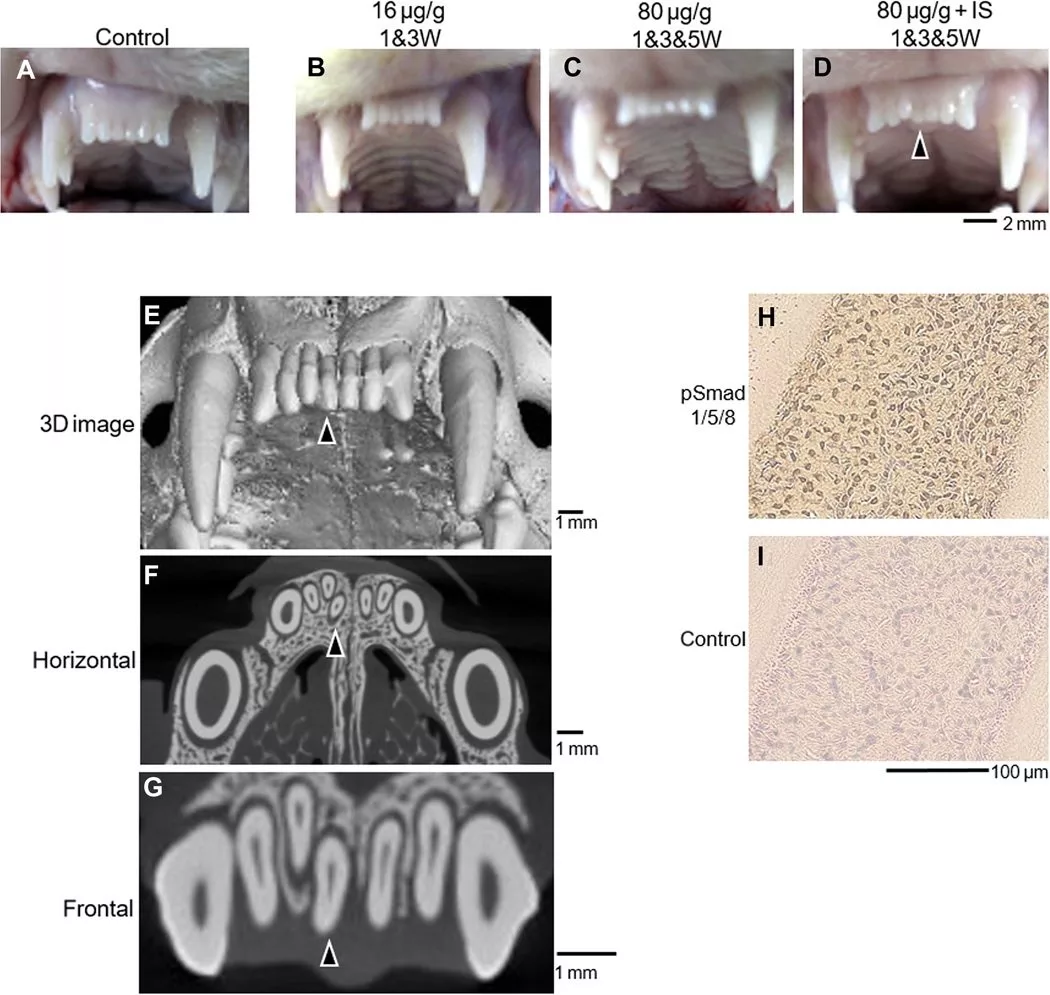

By: Asal Taheri
Japanese scientists have begun human trials of a tooth-regrowth drug. This new drug could replace old methods such as dentures and dental implants.
Japanese dentists have initiated advanced tooth growth drug trials, hoping the drug will serve as an alternative to dentures and implants. According to them, it stimulates new tooth growth in individuals without teeth.
According to a report by ScienceAlert, unlike reptiles and fish, which can typically replace their teeth, humans and most mammals generally develop only two sets of teeth in their lifetime. However, Katsu Takahashi, the lead of oral surgery at the Kitano Research Institute Hospital in Japan, stated that these are dormant third-generation tooth buds hidden under our gums. Takahashi has dedicated his research to tooth regeneration since 2005, aiming to assist those suffering from tooth loss or congenital deficiencies.
New Tooth Growth with the New Drug
Currently, people who have lost their teeth due to decay, disease, or physical injury resort to dentures or dental implants, which are often expensive and invasive. However, natural tooth growth has advantages that could replace these old methods.
Japanese researchers have begun clinical trials at Kyoto University Hospital for their new drug. Previously, tests on mice and domesticated ferrets showed that suppression of a protein called uterine sensitization-associated gene-1 (USAG-1) could awaken the third set of teeth. By suppressing this protein, the drug promotes the signaling of bone morphogenetic proteins (BMPs) that are essential for the formation of new teeth. Researchers released images of teeth that had regrown in the animals.
In a study published last year, researchers stated: “Their antibody treatment in mice is effective for tooth regeneration and could represent a breakthrough in treating human dental abnormalities.” After laboratory studies, they recently began their human trial phase.
Clinical Trials and Target Demographics
The clinical trials commenced in September 2024 and involved 30 adult males aged 30 to 64 missing at least one molar. This phase will run until August 2025. Following this initial trial, researchers plan to focus on children aged 2 to 7 with congenital tooth deficiency– specifically oligodontia– affecting about 0.1% of the population.
According to a study published by the National Institutes of Health (NIH), edentulism, defined as the complete loss of teeth, affects approximately 30% of older adults worldwide, with varying rates by country. For instance, in some developed countries, such as the United States, about 12.9% of adults aged 65 or older experience complete tooth loss, while in developing regions, this number can be significantly higher due to limited access to dental care and preventive services. Takahashi expressed optimism about the impact of the new technology: “Expectations are high that our technology can directly enhance [people’s] healthy life expectancy.”
Reactions from Experts
 The scientific community is closely watching this groundbreaking research. Angry Kang, a dentistry professor at Queen Mary University of London who is not affiliated with the study, remarked on its significance: “ I would assert that the Takahashi team is pioneering this field.” He described Takahashi’s research as “exciting and worthy of further exploration,” particularly since an antibody medication targeting a protein closely related to USAG-1 is already being utilized for osteoporosis treatment.
The scientific community is closely watching this groundbreaking research. Angry Kang, a dentistry professor at Queen Mary University of London who is not affiliated with the study, remarked on its significance: “ I would assert that the Takahashi team is pioneering this field.” He described Takahashi’s research as “exciting and worthy of further exploration,” particularly since an antibody medication targeting a protein closely related to USAG-1 is already being utilized for osteoporosis treatment.
Takahashi himself shared his hopes for the future: “I would be over the moon if our trials demonstrate effectiveness for individuals with acquired tooth loss.” He emphasized that while the initial focus is on safety rather than efficacy, any signs of tooth regeneration during trials would be a monumental achievement.
Challenges Ahead
However, the development of this drug also presents challenges. For example, successful animal tests might not yield similar results in humans. Additionally, incorrect drug injection may lead to teeth growing in inappropriate positions. Researchers are aware of these potential issues and believe that any misalignments could be corrected later through orthodontics or grafting procedures.
As of April 2025, the Phase I clinical trial at Kyoto University Hospital is progressing steadily, with no major adverse effects reported among the 30 adult male participants. While the primary focus remains on evaluating the drug’s safety, early observations suggest stable administration and no significant side effects, aligning with the promising results from animal studies. The research team has not yet confirmed instances of tooth regrowth, as efficacy is not the primary endpoint of this phase, but they remain cautiously optimistic. Preparations are underway for the next trial phase targeting children with oligodontia, expected to begin post-August 2025, pending successful completion of the current stage. The global dental community continues to watch closely, with Toregem Biopharma refining the drug’s delivery methods to enhance precision and minimize risks like misaligned tooth growth.







It is an irrefutable fact that the Japanese have been instrumental in leading the way in a variety of fields.
This is going to change the dentistry world!
fascinating breakthrough in medical sciences. It will surely help a lot of people.